Optimal Timing for Polymeric Sand Service
Polymeric sand service is essential for maintaining the durability and appearance of paved surfaces. Timing plays a crucial role in ensuring optimal results and longevity of the installation. Proper scheduling can prevent issues such as washout, improper setting, or surface damage.
Polymeric sand should be installed during dry weather with temperatures between 50°F and 85°F to ensure proper setting and adhesion.
Spring and fall are ideal seasons due to moderate temperatures and lower rainfall, reducing the risk of washout or incomplete curing.
Waiting at least 24-48 hours after installation before heavy use or exposure to moisture helps the sand set correctly.
Avoid scheduling during winter months or periods of freezing temperatures to prevent issues with setting and bonding.

Ideal for dry, warm conditions, ensuring proper curing.
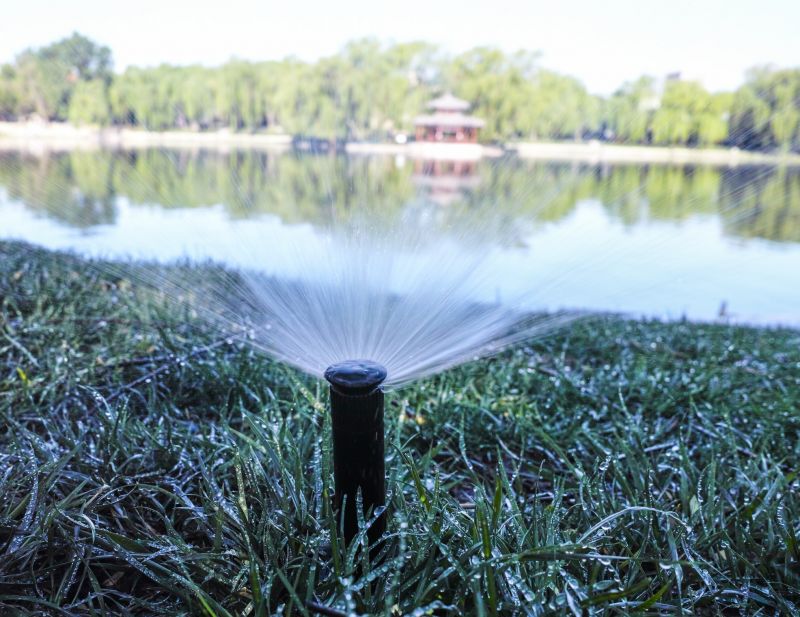
Moderate temperatures and low rainfall make spring a preferred time.
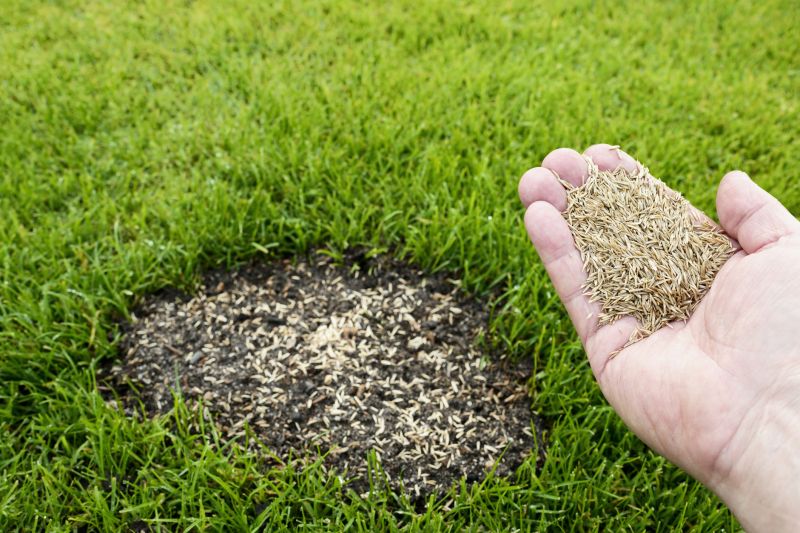
Late summer or early fall provides suitable conditions for maintenance and resealing.

Ways to make Polymeric Sand Service work in tight or awkward layouts.
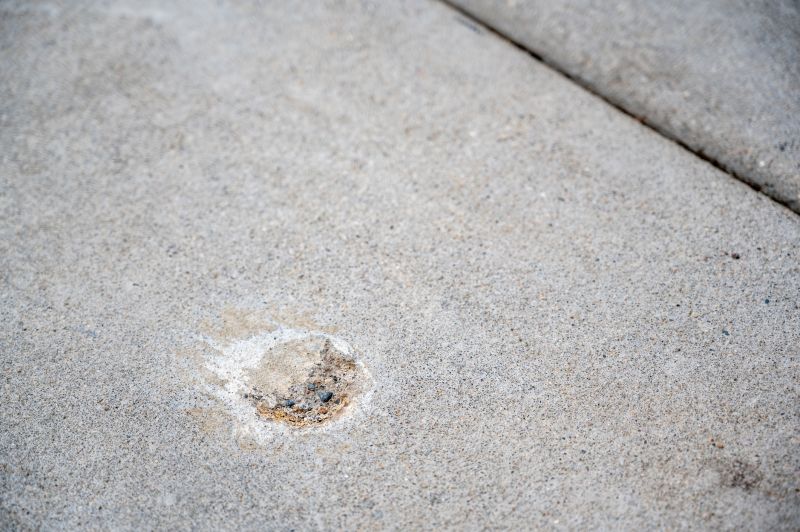
Popular materials for Polymeric Sand Service and why they hold up over time.
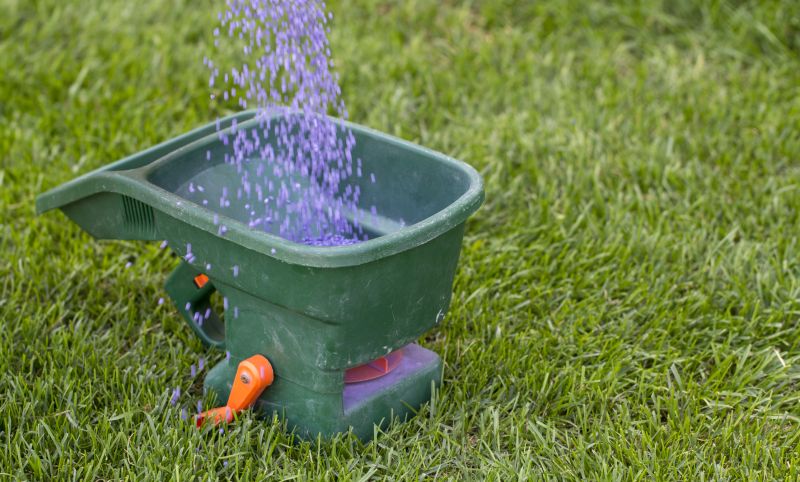
Simple add-ons that improve Polymeric Sand Service without blowing the budget.
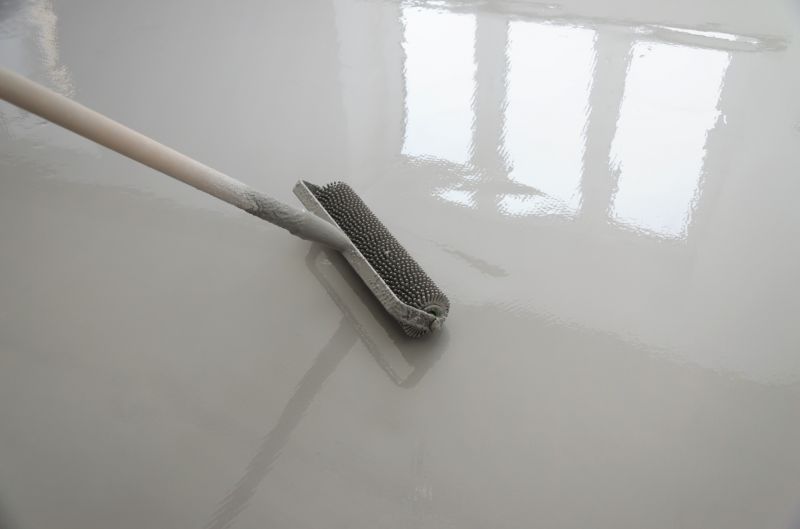
High-end options that actually feel worth it for Polymeric Sand Service.
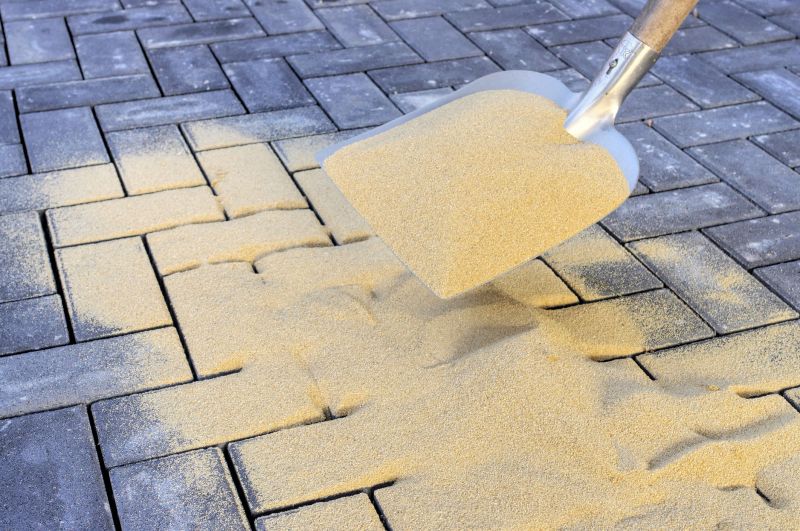
Finishes and colors that play nicely with Polymeric Sand Service.
| Season | Recommended Conditions |
|---|---|
| Spring | Moderate temperatures, low rainfall |
| Summer | Dry, warm weather |
| Autumn | Mild temperatures, minimal rain |
| Winter | Freezing temperatures, not recommended |
Polymeric sand service involves the application of a specialized sand mixture that hardens upon curing, providing stability and reducing weed growth. It enhances the surface's appearance and longevity by filling joints more effectively than traditional sand. Proper timing ensures the sand bonds well and resists washout, cracking, or shifting over time. Installation during optimal weather conditions maximizes the durability of the paved surface and minimizes the need for repairs or resealing.

Shows a well-set surface with minimal gaps.
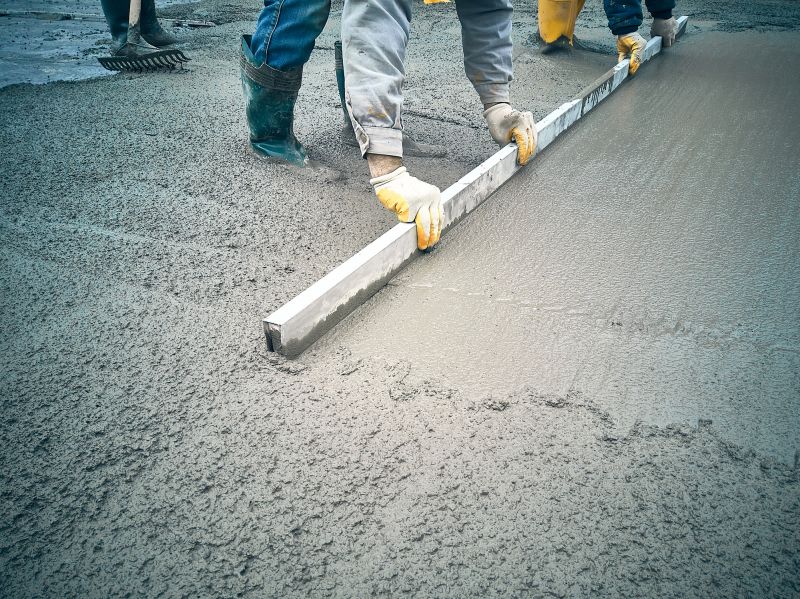
Applying polymeric sand during dry conditions.

Smooth, stable joint lines after curing.

Resealing or inspecting during suitable weather.
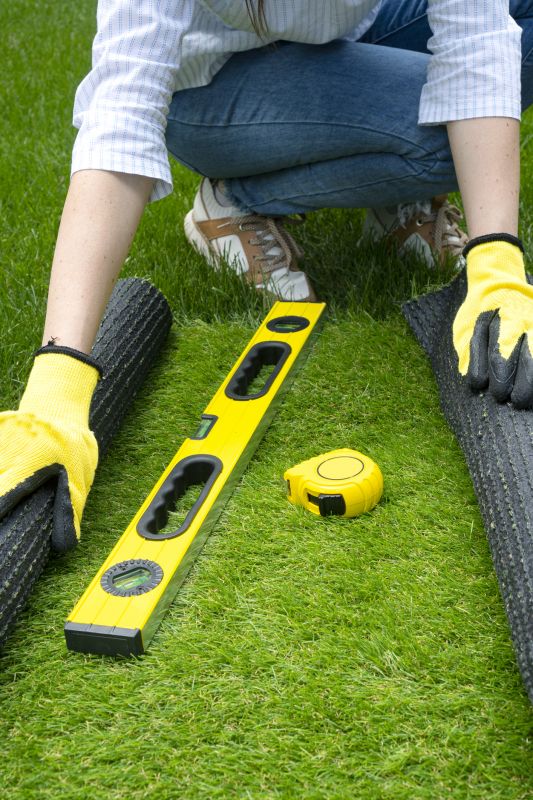
Little measurements that prevent headaches on Polymeric Sand Service day.
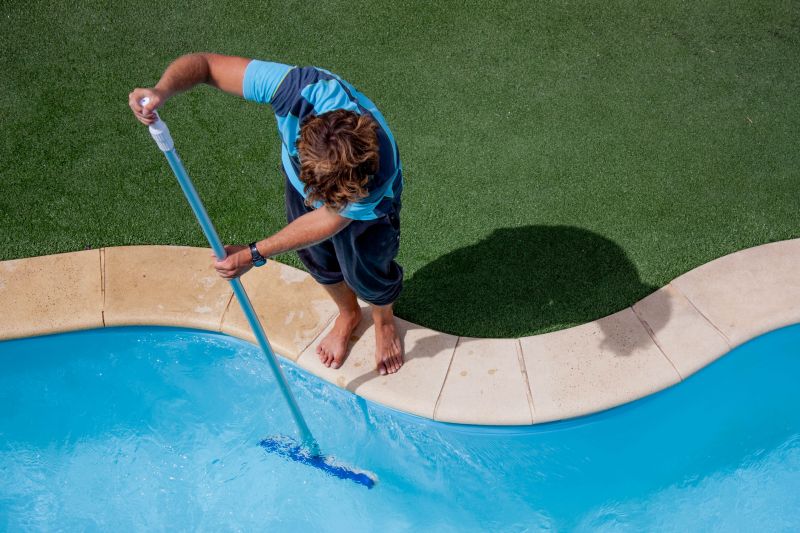
A 60-second routine that keeps Polymeric Sand Service looking new.
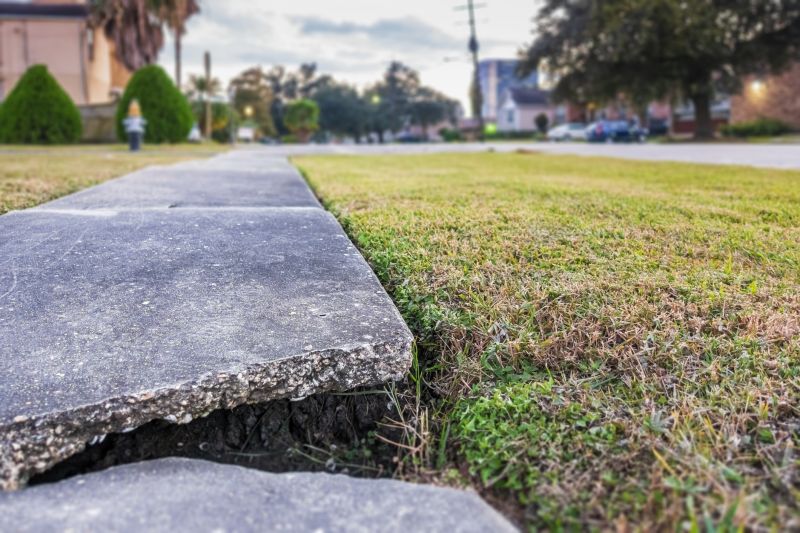
A frequent mistake in Polymeric Sand Service and how to dodge it.

Small tweaks to make Polymeric Sand Service safer and easier to use.
Interested parties are encouraged to contact for further details or to schedule a service. Proper timing and application of polymeric sand contribute significantly to the durability and aesthetic appeal of paved surfaces, making it a worthwhile investment for long-term maintenance.
